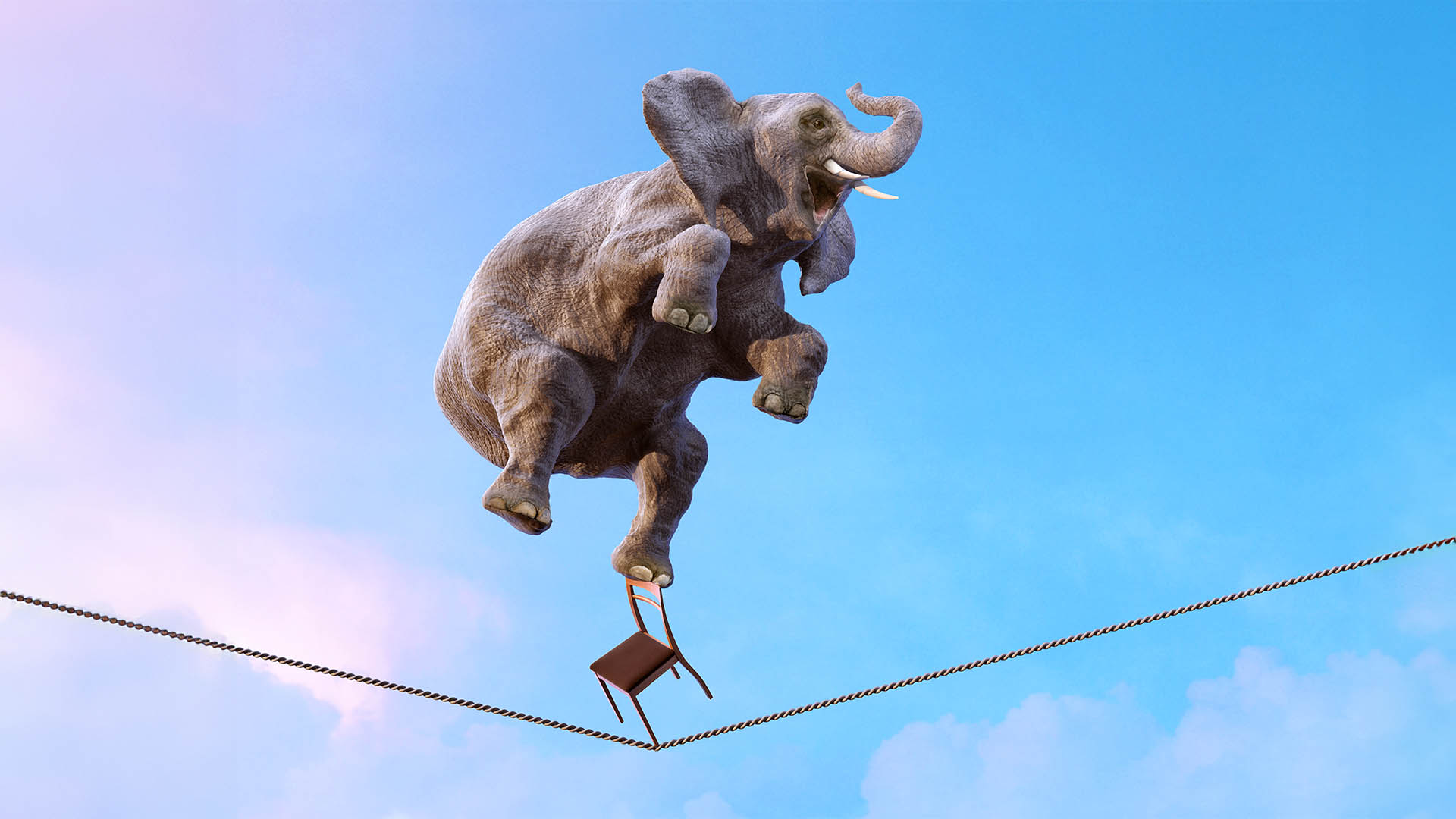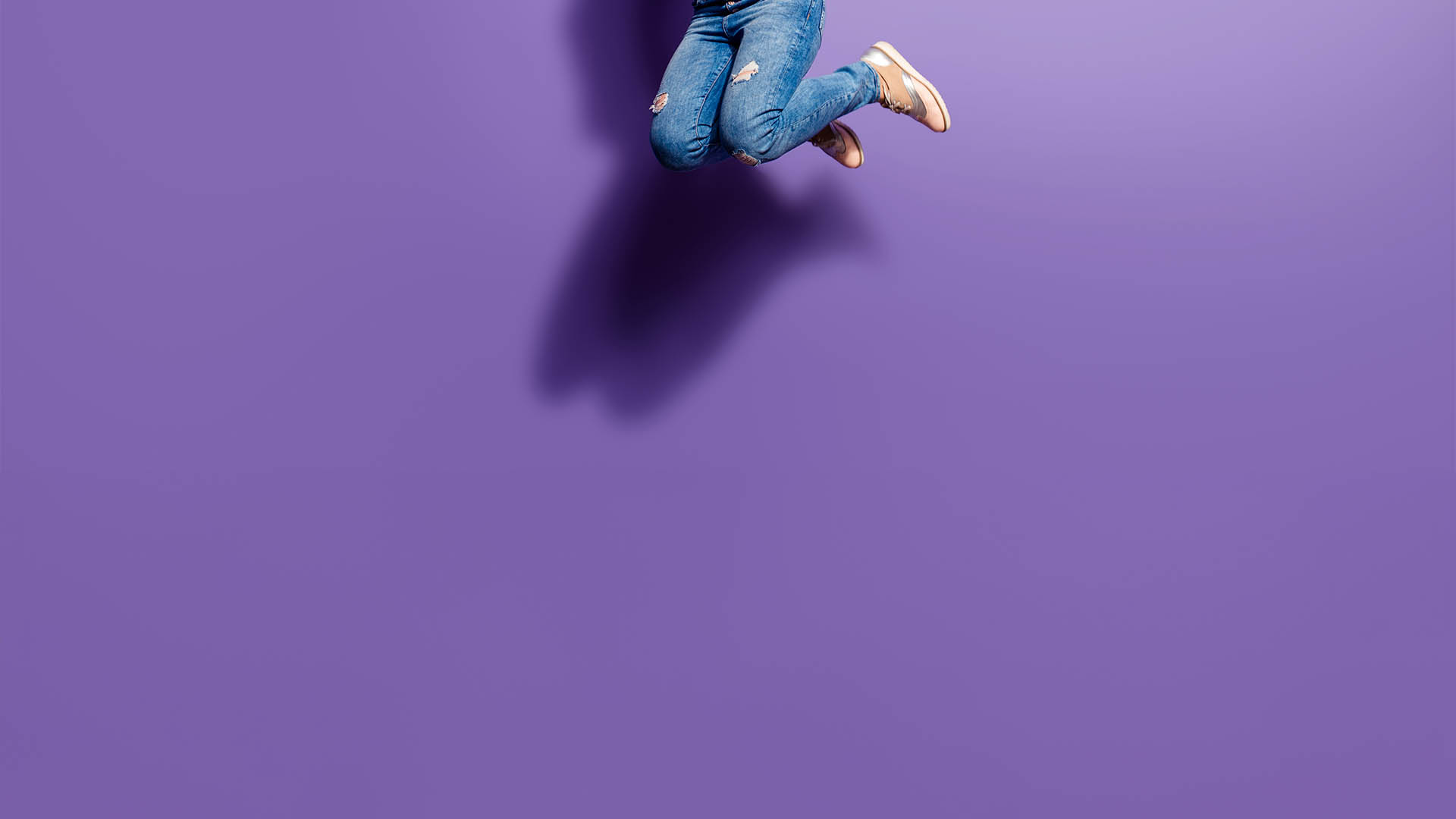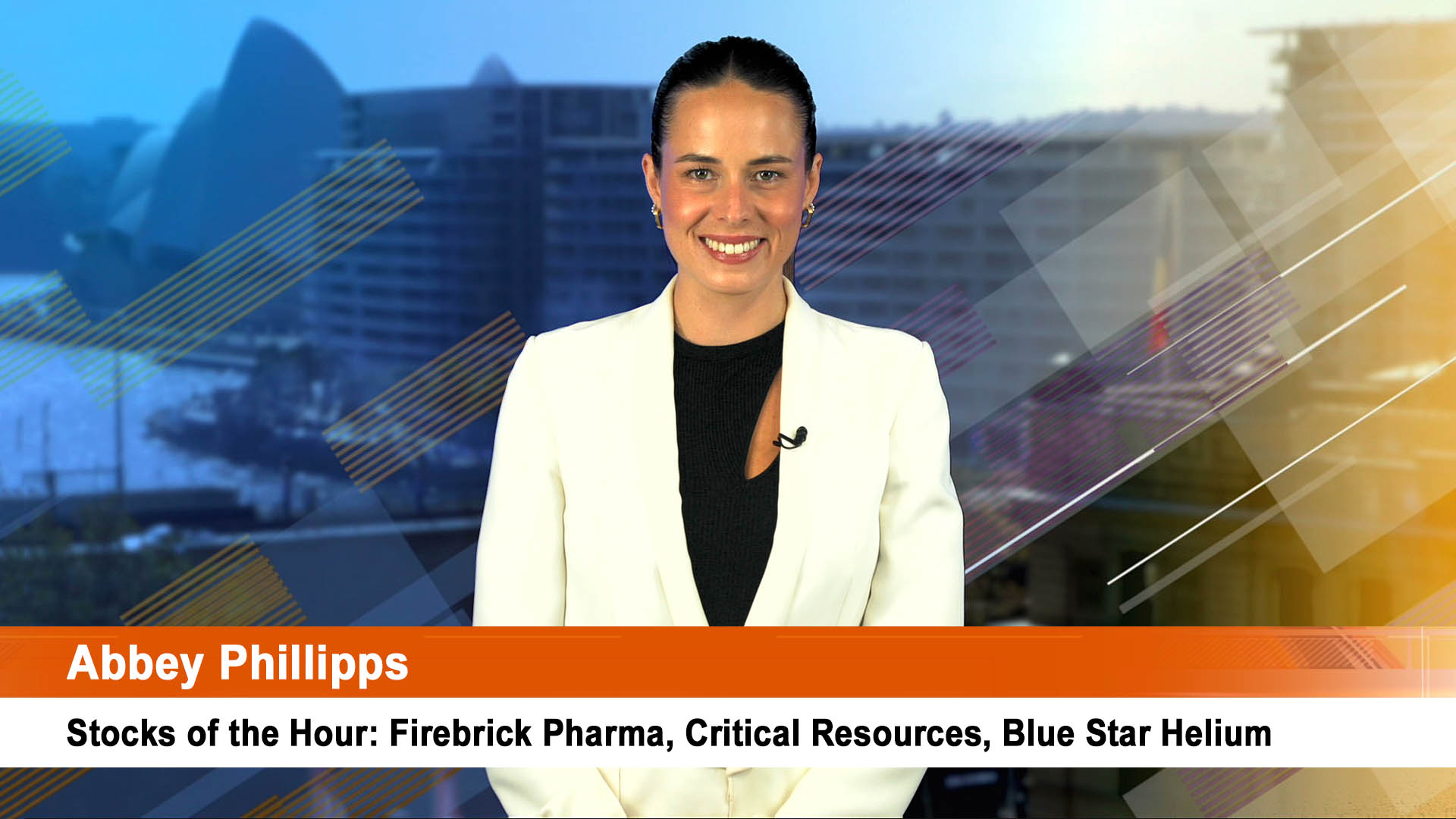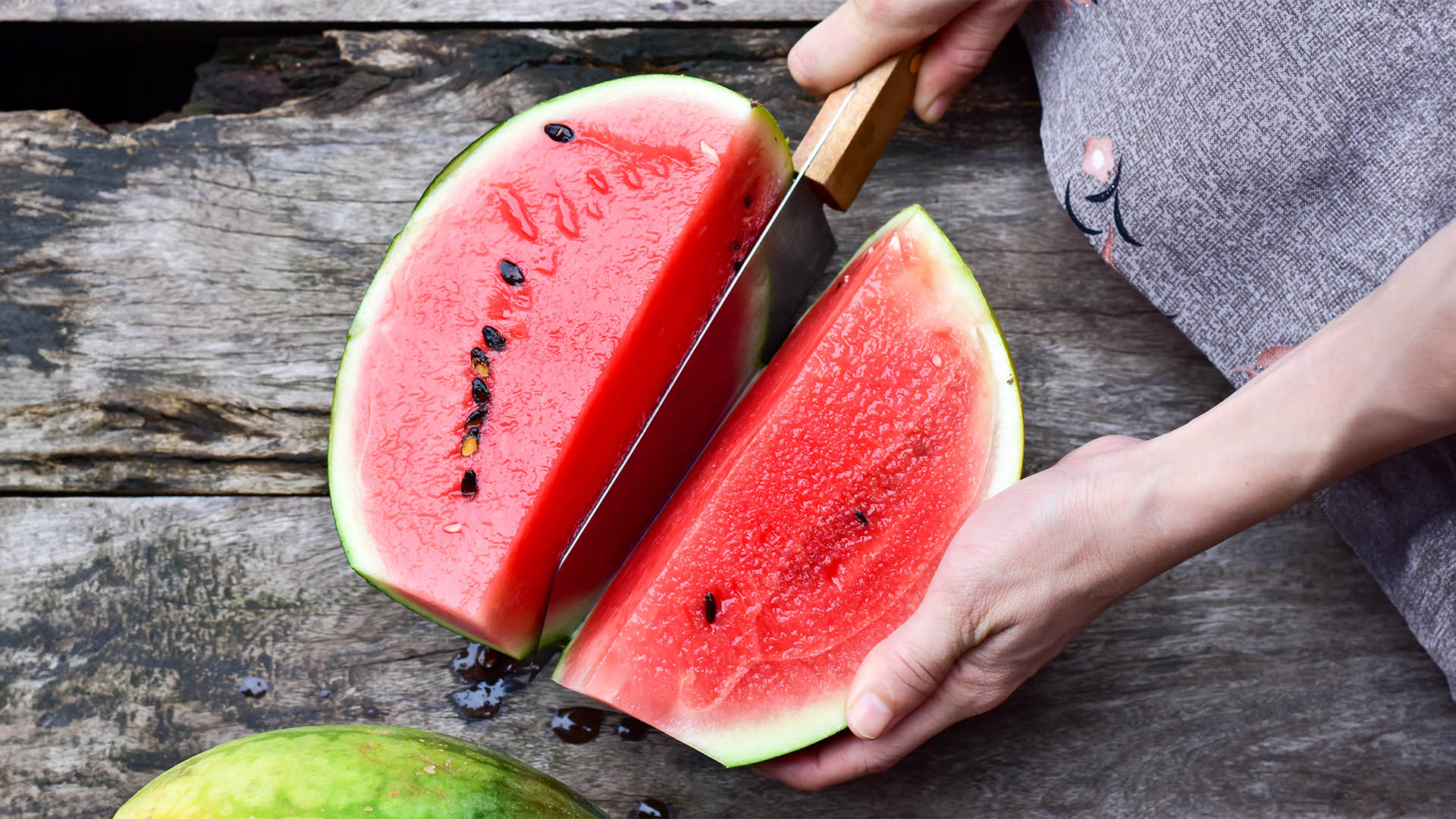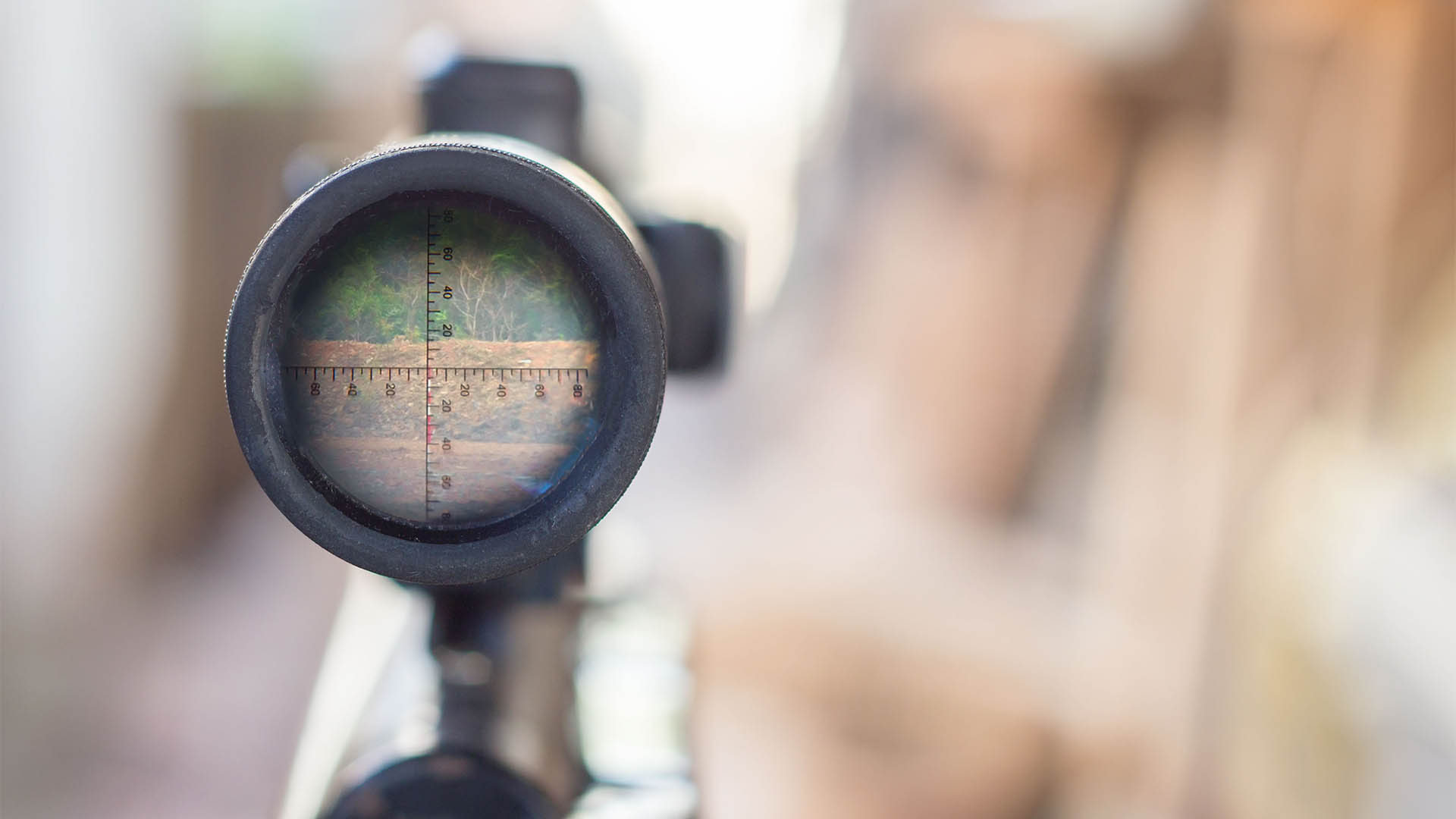The Seven Network reported and delivered on guidance of a 40 to 45 per cent rise in pre-tax earnings yesterday and the shares ended up all square on the day at $11.63.
On the face of it a steady as she goes sort of day but that doesn’t show the jump to a high of $12.05 and then a sell off on profit taking in the afternoon that saw the shares end unchanged on the previous close.
Not even the news from CEO, David Leckie that the company had made its March quarter ad sales budget after just six and a bit weeks, could boost sentiment, nor could his remarks that the ad market for TV was a bit stronger than the market thought.
So Seven expects earnings to rise this half (which is traditionally the slow half of the financial year without Christmas).
The network said net profit rose 137.1 per cent increase in first half net profit to $155.3 million, boosted by the profit on the sale of the Telstra Dome in Melbourne.
Stripping out this and other one-offs (the Telstra Dome profit was $60 million alone) Seven’s net profit rose a still solid 72.2 per cent to $112.79 million, much higher than analysts’ forecasts.
The Kerry Stokes-owned network said it was heading into the new television year ahead of rivals Nine and Ten in breakfast television, news and public affairs.
Revenue from TV advertising rose 10.4 per cent during the year in spite of a decline in the overall television advertising market of 0.97 per cent.
Television costs rose 2.2 per cent on the same half a year ago, and Seven expects underlying cost growth in the current financial year to be in line with the consumer price index (after taking into account the already signalled extra costs for the AFL and V8 Supercar coverage).
“Including Seven’s two new sports franchises, AFL and V8 Supercars, but excluding selling costs, Seven expects full-year cost growth to be around 10 per cent,” it said and CFO, Peter Wells made a bit point at a briefing to point out that cost increases were ‘weighted towards the second half’.
Seven said it expected a continued increase in circulation and advertising revenues from its publishing division, Pacific Magazines, its revenue from advertising rising nine per cent in the half and circulation revenue jumped eight per cent.
The magazine group’s overall revenue rose 9.6 per cent to $133.1 million but earnings before interest tax, depreciation and amortisation was flat at $20.5 million ($20.6 million in the previous period).
In its key TV broadcast business EBIT rose 31 per cent to $179 million, with EBITDA 29 per cent to $197 million. Broadcast TV revenues jumped 10.8 per cent in the first half to $556.8 million.
Seven’s earnings before interest and tax (EBIT) rose 46 per cent to $180.6 million for the half-year ended December 28, 2006 and EBITDA rose 36.6 per cent to $203.6 million.
Seven sold half its media businesses into a $4 billion joint venture with US-based private equity firm Kohlberg Kravis Roberts & Co (KKR) and that started from the beginning of 2007.
The company says it can’t talk much about the plans because the new media laws, which will allow the Joint Venture to become fully operational, have yet to be proclaimed by the Federal Government.
The company revealed that the creation of Seven Media Group (half owned by KKR) had raised a net $3.2 billion in cash from debt and capital injections and the listed company, Seven Network Ltd had paid down its debt. That left net cash of $2.5 billion.
Seven already has a 14.9 per cent stake in West Australian Newspapers Holdings and holds a less than five per cent interest in Fairfax Media.





